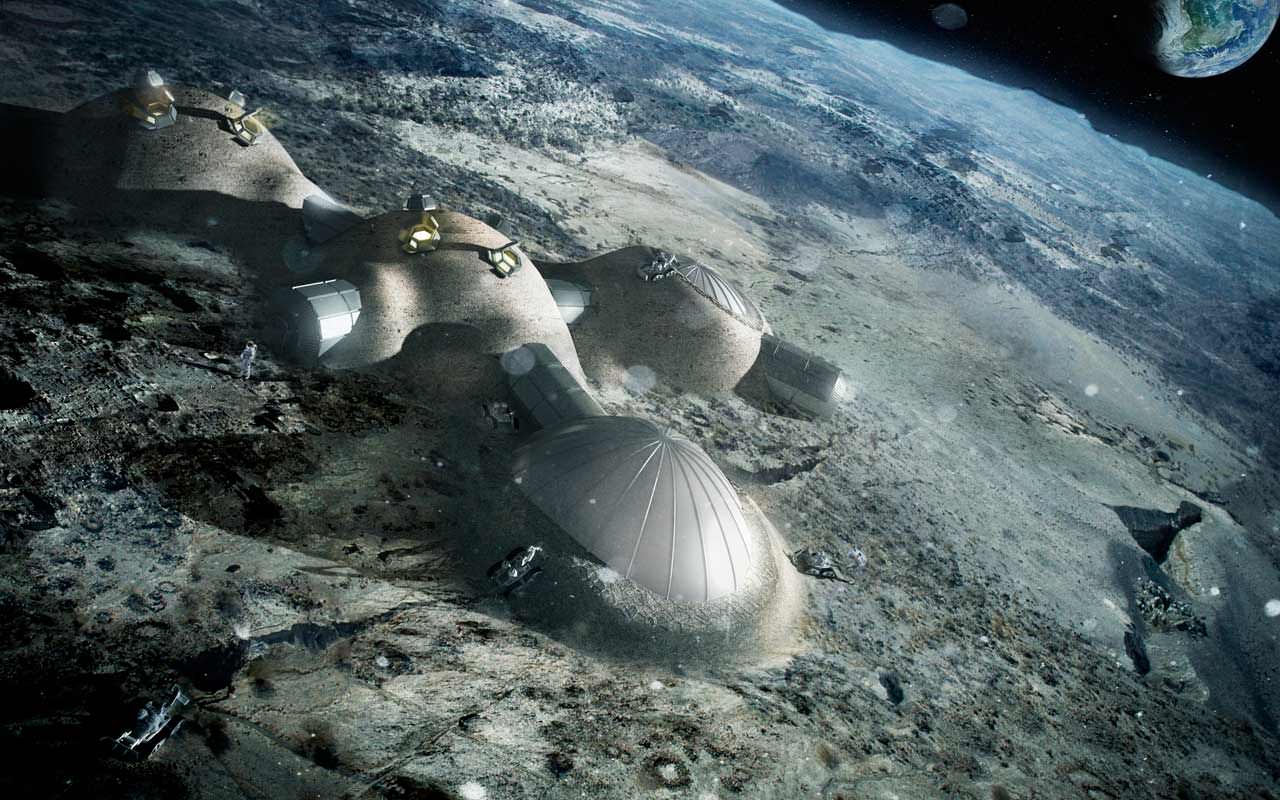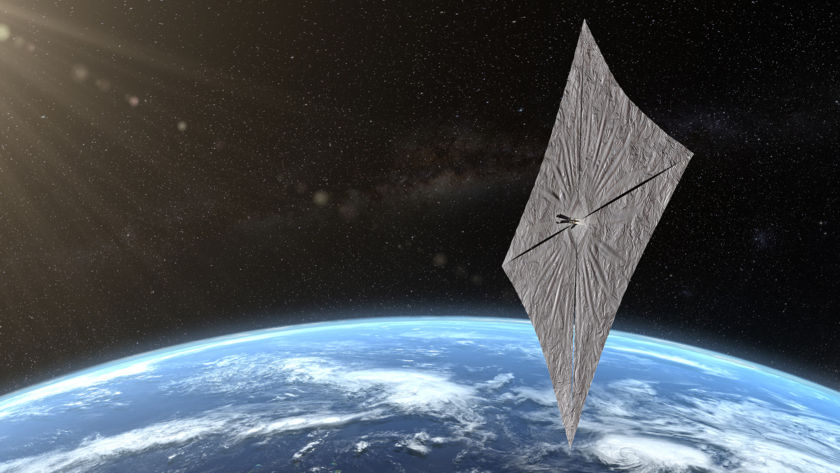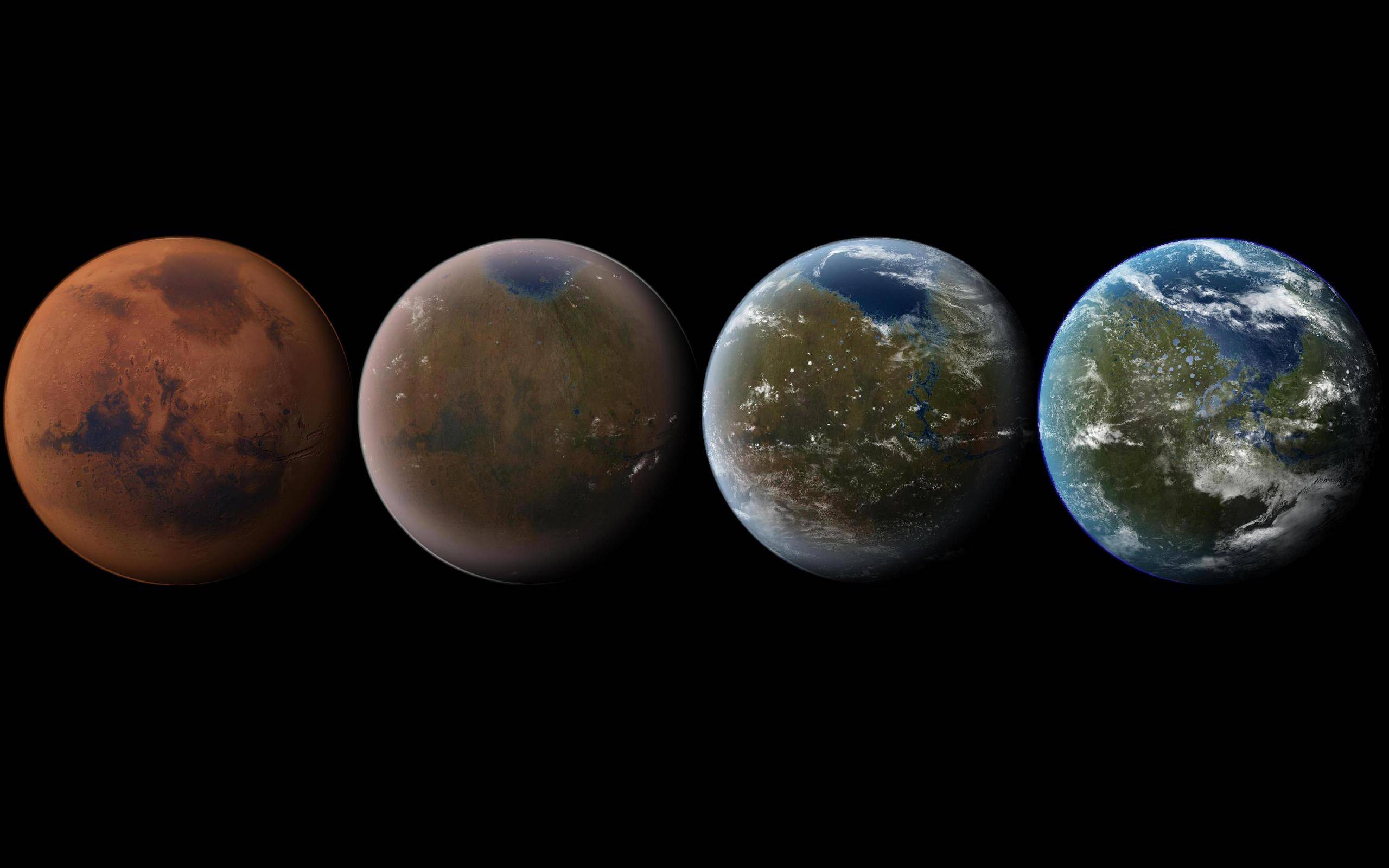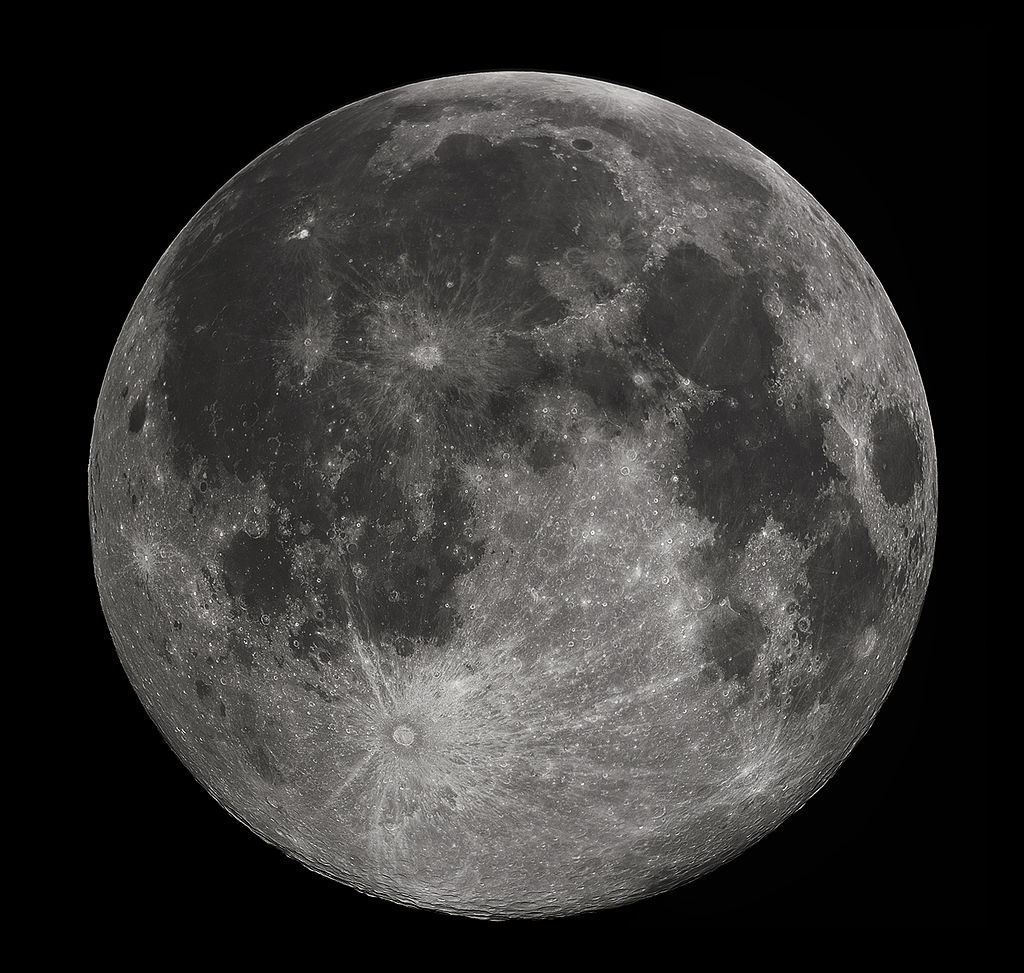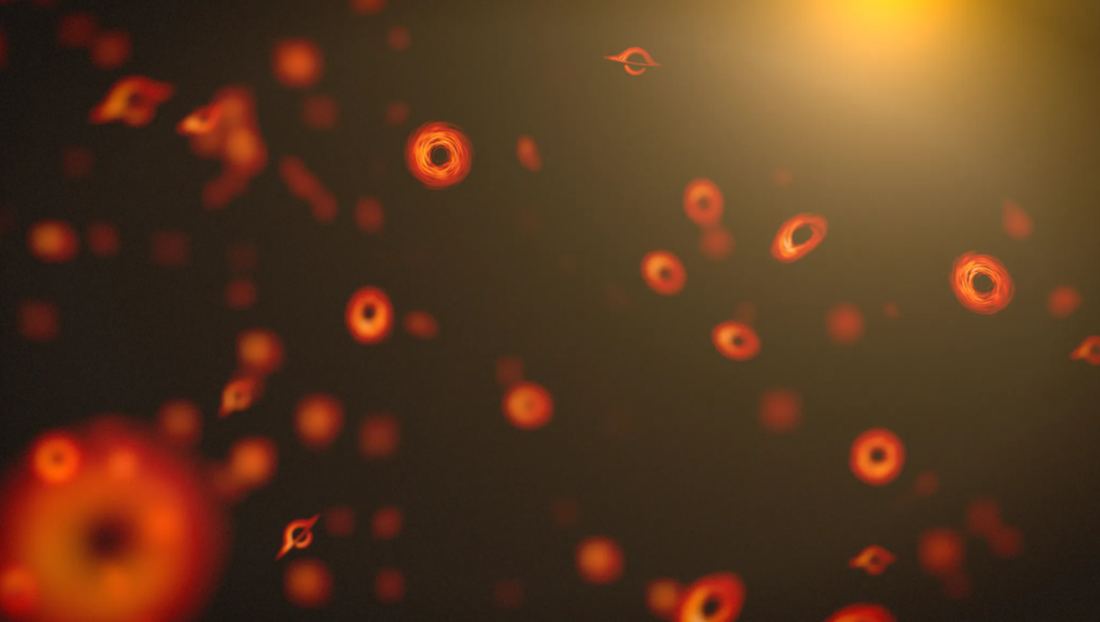Areas of space have wildly different temperatures depending on whether they are directly in sunlight or not. For example, temperatures on the Moon can range from 121 °C during the lunar “day” (which lasts for two weeks), then drop down to -133 °C at night, encompassing a 250 °C swing. Stabilizing the temperature inside a habitat in those environments would require heating and cooling on a scale never before conducted on Earth. But what if there was a way to ease the burden of those temperature swings? Phase change materials (PCMs) might be the answer, according to a new paper from researchers at the Universidad Politecnica de Madrid.
Continue reading “Specialized Materials Could Passively Control the Internal Temperature of Space Habitats”Specialized Materials Could Passively Control the Internal Temperature of Space Habitats
